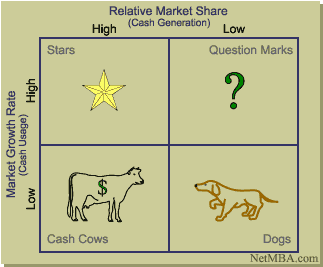Imagine you invest in Sabana
REIT at SGD0.95 in November 2012 and hold your position until today. With
closing price of SGD0.46 as at 26 October 2017, we can kiss our capital goodbye
unless there is strong rebound in share price and significant increase in
dividends to offset the loss.
Otherwise, to recover
from 50% capital loss, we need to earn 100% return on our investment, just to breakeven. Even if we can earn 100%
return, the key question to ask is, over how long?
Hence, taking care of
downside risk is critical as losses drag the portfolio return.
Sabana REIT is the
first Shariah-compliant REIT listed in Singapore back in 2010, it owns and invests in income-producing real
estate used for industrial purposes. Sabana REIT's portfolio comprised 20 industrial
properties such as chemical warehouse which are located near to expressways and
public transportation across Singapore.
What went wrong
over the years?
1)
Net Property Income declined since 2013
to 2016.
2)
Income available for distribution declined
from SGD60 mil in 2013 to SGD37 mil in 2016, yes that was like reduction of 38%!
Needless to say, distribution per unit has also declined over time, it is like
receiving lower amount of passive income or dividend every year which is not
fun.
3)
Total debt over asset (leverage ratio)
which measures level of indebtedness of the REIT, increased from 34% in 2012 to
43% in 2016, approaching regulatory limit of 45%. Rising leverage ratio is also due to the fact
that the property valuation has decreased over time with the REIT registering
negative changes in fair value of properties. As the fair value drops, the debt
ratio will increase even if the debt amount remains unchanged.
4)
Poor outlook for industrial properties
generally, might have weighed on Sabana REIT too. That said, Mapletree
industrial REIT seems to be performing well, both appear to be operating in
same industry, but a stark contrast in terms of fortune.
5)
Rising fees paid to the REIT manager
despite poor performance.
Lesson
to Learn from this Case:
1) Beware
of REIT that experience consistent negative valuation on underlying properties,
falling net property income, rising debt to asset ratio. Do compare the REIT
performance against peers, the better performing ones tend to be better
managed.
2) Stick
with REIT with good fundamentals to optimise chances of earning positive total
returns.
3) Lastly,
do not invest into REIT purely based on highest dividend yield, Sabana REIT has
9% dividend yield in 2014, looks tasty, but comes with high risk. Always go for dividends that are Safe.








